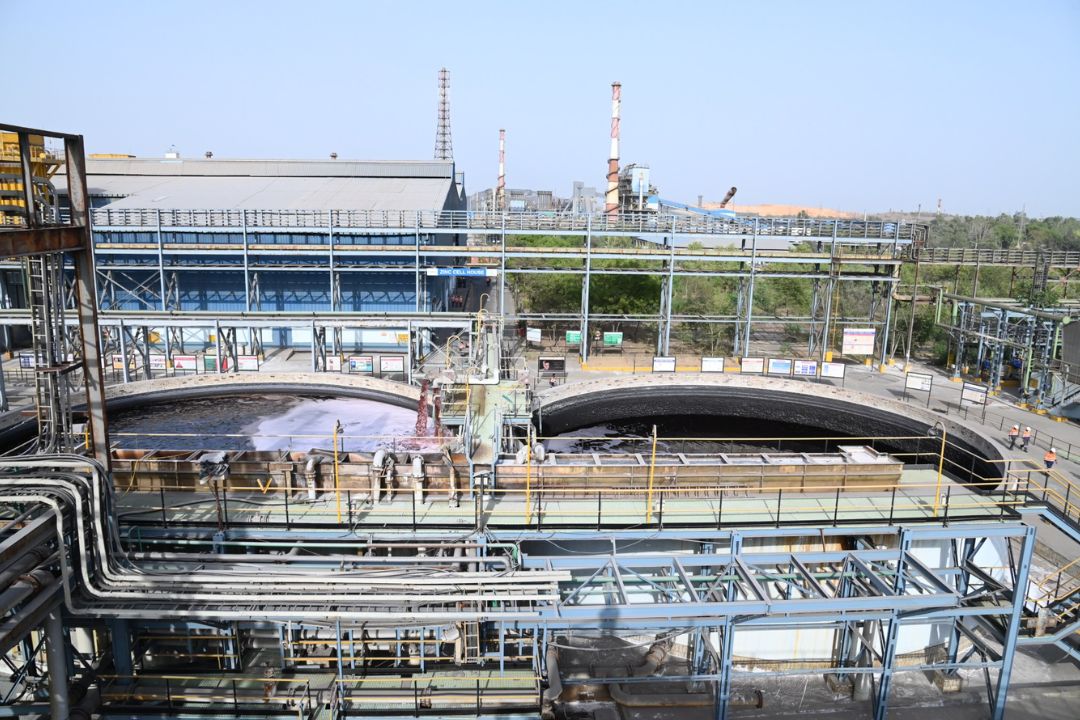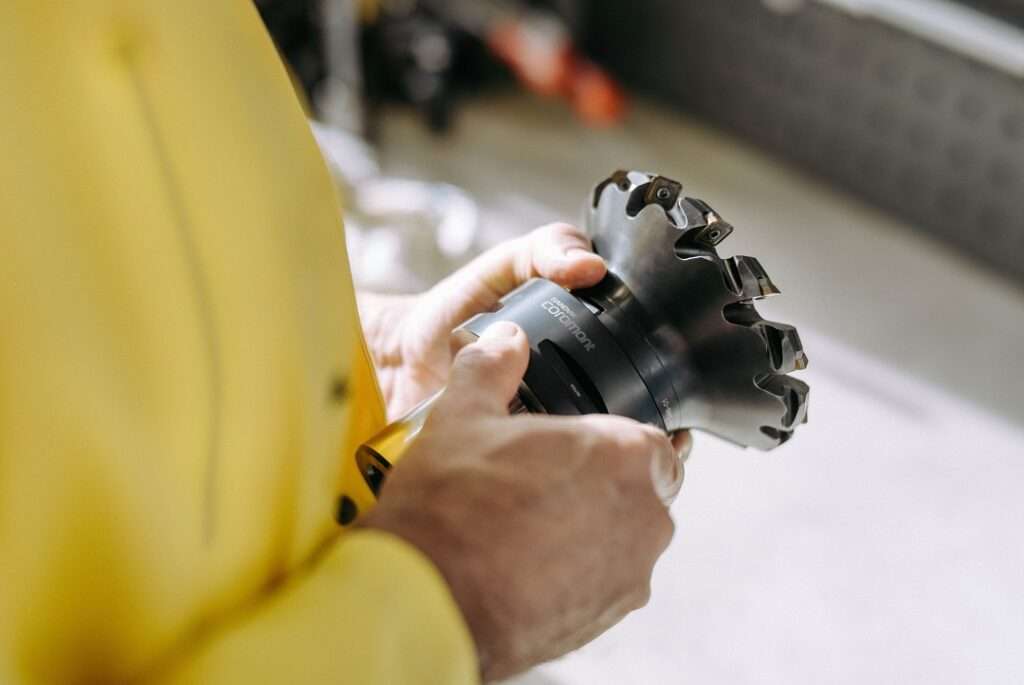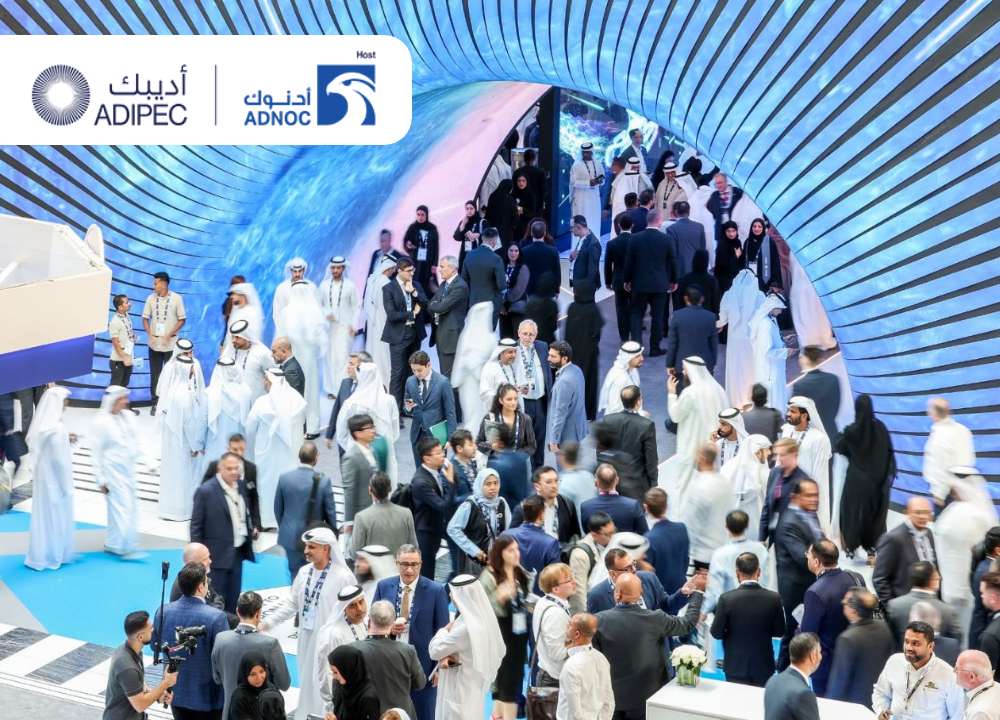India stands at an important juncture, with ambitions that transcend the present and envision a prosperous future. As the nation advances from an emerging market to a developed economy, the foundation of this transformation will be its infrastructure and its strides toward energy transition. The public infrastructure—roads, railways, bridges, airports, smart cities, and more—being constructed today will not only serve current generations but also shape India’s global stature for decades to come.
Emerging clean technologies and new-age energy storage solutions will build a future fortified for generations. The overarching objective is clear: to establish infrastructure and technologies that are not merely functional but resilient, enduring, and emblematic of the quality befitting a developed economy. This vision necessitates a paradigm shift that prioritizes longevity over short-term gains and places quality at the forefront of every construction endeavour.
India’s 8,000 km long coastline and humid environment, coupled with the extensive steel infrastructure across the country, face significant threats from corrosion, which compromises structural longevity. In this context, zinc galvanization is not just an option but an imperative. It acts as the unseen armour safeguarding India’s steel-intensive infrastructure from the relentless forces of time and corrosion, ensuring that today’s public infrastructure will endure for generations. India’s diverse climate poses significant challenges to steel, from the corrosive effects of salt-laden air in coastal regions to extreme temperatures that threaten to warp and weaken steel in the interior. Traditional construction methods alone are insufficient to address these challenges. A recent study by the International Zinc Association states that a colossal 5% of India’s GDP is lost to corrosion every single year.
Today, zinc is pivotal to India’s robust development and rapid growth, primarily through its indispensable role in the steel industry. With steel production soaring, India has become the global leader in terms of percentage increase in steel production in FY24. Zinc plays a crucial role in this growth through zinc galvanization, forming a protective layer around steel, which provides a solution that is both pragmatic and essential. The galvanization process ensures that steel structures, which constitute the backbone of modern infrastructure, are protected from rust and degradation, thus requiring minimal repair and maintenance. This translates to fewer repairs, lower maintenance costs, and most crucially, infrastructure that outlasts its anticipated lifespan.
As India moves toward its net-zero goals with renewable power, zinc will not only galvanize massive solar and wind structures but also emerge as a viable alternative to lithium in the energy storage segment. Zinc’s usage in batteries has stood the test of time, from its early use in dry cell or zinc-carbon batteries to innovative new chemistries like nickel-zinc and zinc-ion. Zinc offers wider temperature tolerance, enhanced battery life, and has proven to be safer compared to lithium-based alternatives. Above all, zinc is cost-effective—nearly four times cheaper than lithium—and has proven to be reliable in modern applications such as defence, data centres, and critical infrastructure.
The Indian government’s commitment to infrastructure is exemplified by ambitious initiatives such as the National Infrastructure Pipeline (NIP), a monumental investment aimed at revamping and upgrading the nation’s infrastructure by 2025. The success of such a massive endeavor hinges on the quality and durability of the projects undertaken. In this context, zinc galvanization is not just a technicality but a cornerstone of enduring, world-class infrastructure. As India invests billions in constructing new bridges, railway lines, and urban spaces, the decision to galvanize is a decision to ensure that these structures remain functional and secure for decades.
Atmanirbhar Bharat, India’s call for self-reliance, aligns seamlessly with the pursuit of quality infrastructure. By adopting zinc, India reduces its reliance on foreign materials that may be ill-suited to the country’s unique challenges. Instead, it focuses on indigenous solutions that meet international standards of excellence. This marks a crucial transition from being known as a hub of cost-effective manufacturing to being recognized as a leader in quality production. Zinc, as an essential element in galvanization and global energy transition, plays a transformative role in this evolution. The government’s emphasis on developing smart cities further underscores the necessity for durable infrastructure. These cities, envisioned as models of modern, sustainable living, cannot afford substandard infrastructure.
In essence, zinc is India’s insurance policy for its infrastructure and energy transition. It guarantees that today’s investments will yield long-term dividends in the form of safe, reliable, and lasting infrastructure. As the world observes, India is quietly setting new benchmarks in construction and manufacturing, demonstrating that quality and durability are the true hallmarks of a developed economy. By embedding zinc into its strategy, India is not just preparing for the next few decades but is forging a legacy that will endure for centuries.







